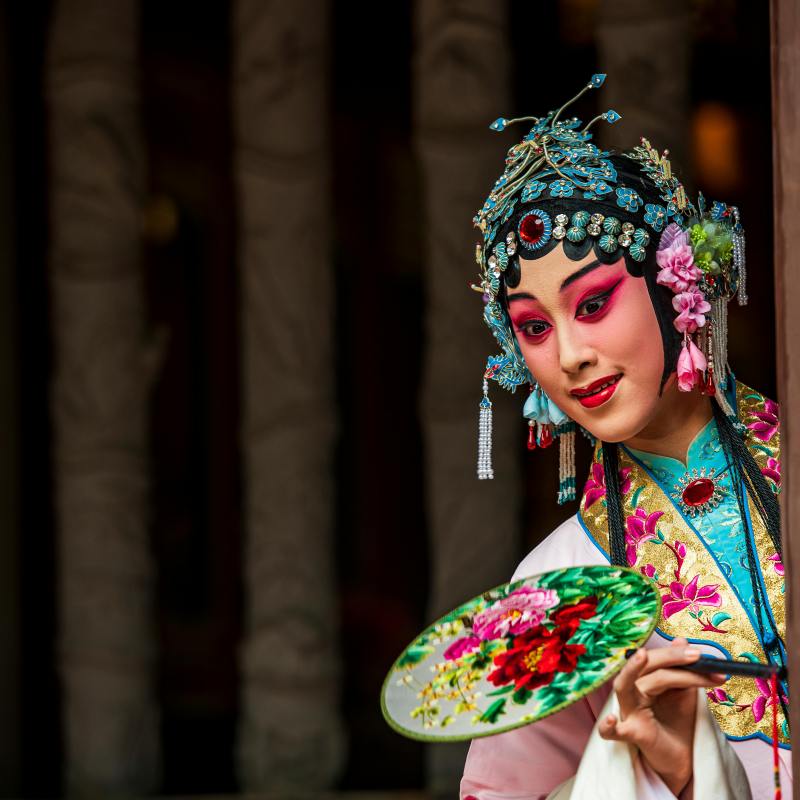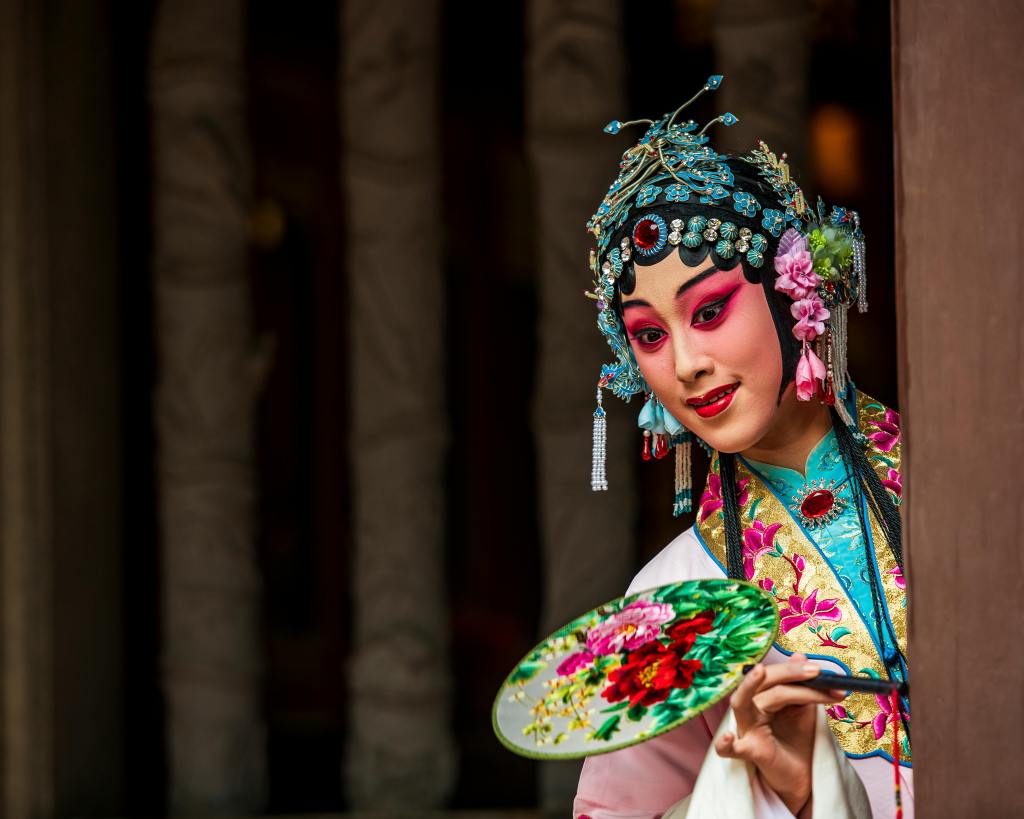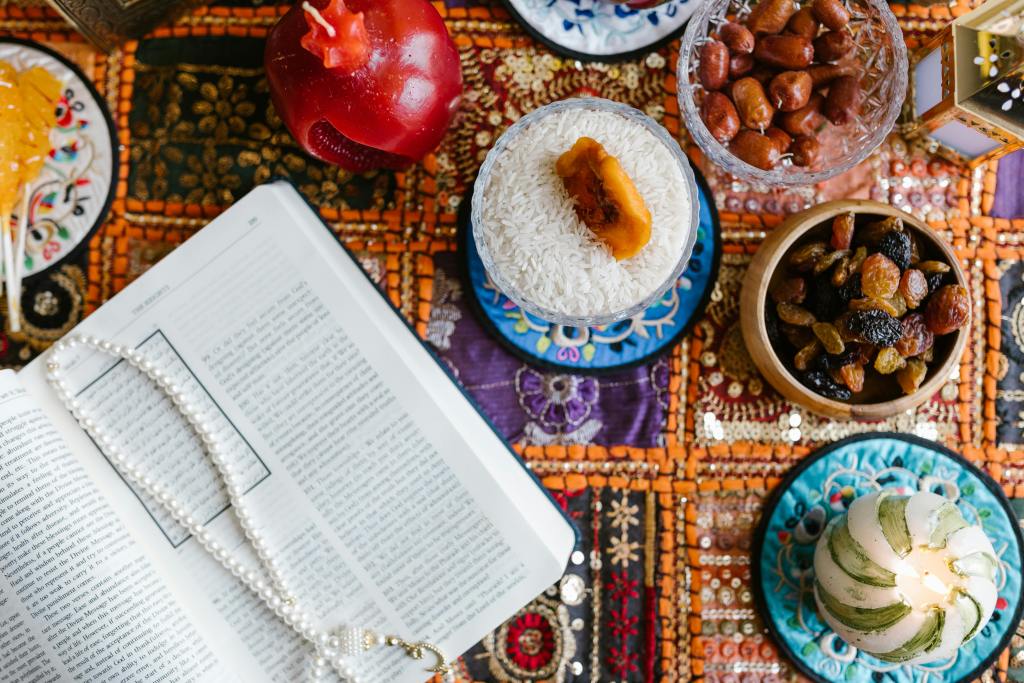
UNESCO does a lot more than designate World Heritage Sites.
Videos by TravelAwaits
As a branch of the UN that focuses on education, science, and culture, there’s obviously an emphasis on the humanities.
But did you know that there’s an entire sector of UNESCO that’s dedicated to uncovering and preserving our world’s ‘intangible’ cultural heritage?
That term is used to describe practices, expressions, and activities that demonstrate hyper-unique elements of culture. In other words, these forms of heritage are tied to specific places, languages, and people.
UNESCO regularly adds new traditions to its long list of Intangible Cultural Heritage. Just about anything can receive this unique designation, from poetry to dance to clothing.
While I’d love to list out a few American examples, the US hasn’t officially adopted UNESCO’s Safeguarding of Intangible Cultural Heritage—which means we aren’t allowed to submit our own traditions.
It’s also sometimes posited that this UNESCO list is aimed at countries that have less economic development and, at the same time, longstanding cultural histories. The goal is to boost tourism and interest in these locations, along with resources and infrastructure.
The US doesn’t meet the first economic requirement.
But I’m a bit baffled by the notion that the US might lack longstanding cultural traditions and histories. The US is home to 574 federally recognized tribes, along with hundreds of unrecognized tribes, after all. I imagine each has a few traditions worth preserving and promoting.
Semantics aside, I’ve been obsessed with this ever-growing list of intangible cultural heritage for a few years.
To take you on a quick tour of intangible cultural heritage, I’ve collected three of the most interesting categories (opera, New Year celebrations, and theatre) along with a few super cool examples from around the world.

Opera
- Kun Qu (China): Kun Qu opera is incredibly colorful, complex, and storied. You’ve probably heard sound clips of this incredible art form from a few movies over the years. The practice was refined in the 1700s up until the 1900s, at which point in time it started to gain popularity around China and Asia.
- Opera dei Pupi (Italy): Puppets? Singing opera? In Sicily? Say no more, I’m interested. Though described as puppets, the pieces used in this opera are complex and refined marionettes. They gained popularity as street shows for Sicily’s working class, telling fables and tales from across Europe. Now that I’ve taken a closer look, I’m not sure whether to be terrified or intrigued. I’ll let you decide for yourself.

New Year Celebrations
*Note: New Year celebrations don’t solely relate to the calendar year. They might be determined by the moon cycle or the passage of a year.
- Sidama, Fichee-Chambalaalla (Ethiopia): To celebrate the first anniversary of a marriage, Sidama women return home to visit their parents. They bring a meal made from fruit, milk, and butter, which is shared between neighbors. It also involves storytelling, combining elements of culinary and oral tradition.
- Momoeria (Macedonia, Greece): This 12-day festivity celebrates the Christian holidays of Christmas, New Year, and the Epiphany with an ornate party. The celebration includes dancing, theatre, storytelling, and even resource management. It’s not about celebrating the last year but planning for the next one.
- Washoku (Japan): This form of cultural heritage refers specifically to the types of foods eaten during Japanese New Year. Specifically, it also applies to the way in which food is produced, processed, and packaged. The goal is to mindfully and sustainability create traditional foods to celebrate the New Year.
- Nowrus (Afghanistan, Azerbaijan, India, Iran, Iraq, Kazakhstan, Kyrgyzstan, Pakistan, Tajikistan, Turkey, Uzbekistan, Turkmenistan): Persian New Year is celebrated in many places and in many different ways. It coincides with the spring equinox—and actually has its roots in the ancient religion of Zoroastrianism rather than Islam. Like Momoeria, celebrations involve unique festivities.

Theatre
- Mek Malung (Malaysia): This unique form of dance theatre is found in only one tiny region of Malaysia. It combines elements of singing, dancing, and dialogue. Physicality is punctuated by swinging arm movements, while the actors perform with only the accompaniment of a small oboe.
- Sbek Thom (Cambodia): This highly unique form of theatre is known as ‘shadow theatre’, which should give you a clue about its content. Puppets are crafted from fine leather, which are then lit to cast ornate shadows. This is a highly sacred art that’s often used to tell spiritual tales, like those from the Ramayana.
- Koodiyattam (India): When you imagine an Indian play on a stage, you might see images of Koodiyattam in your mind. This tradition comes from the southern Indian state of Kerala and dates back to the Sangam period of 300 BCE to 300 CE. That means when you watch Koodiyattam, you’re experiencing an almost-lost form of ancient Sanskrit theatre.
